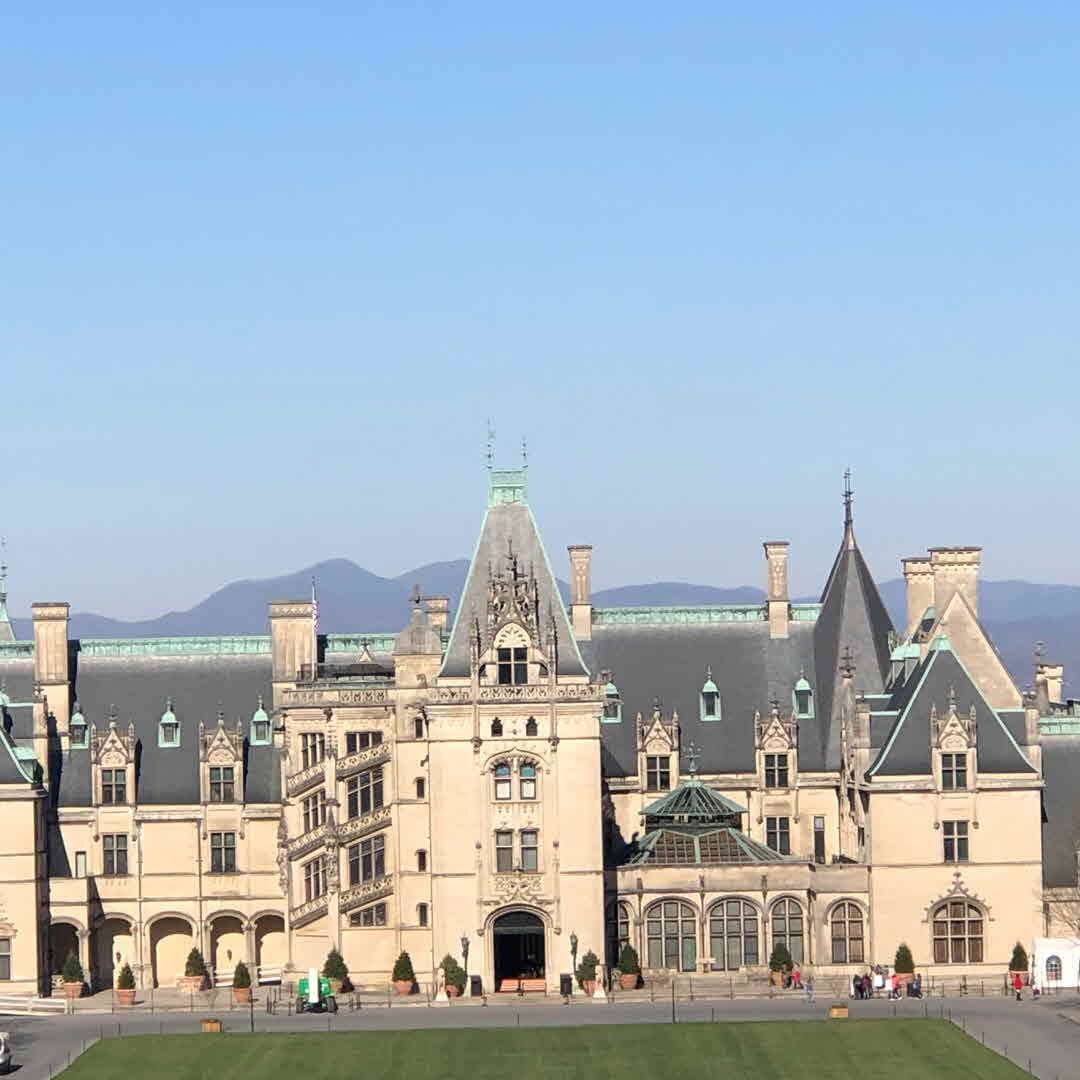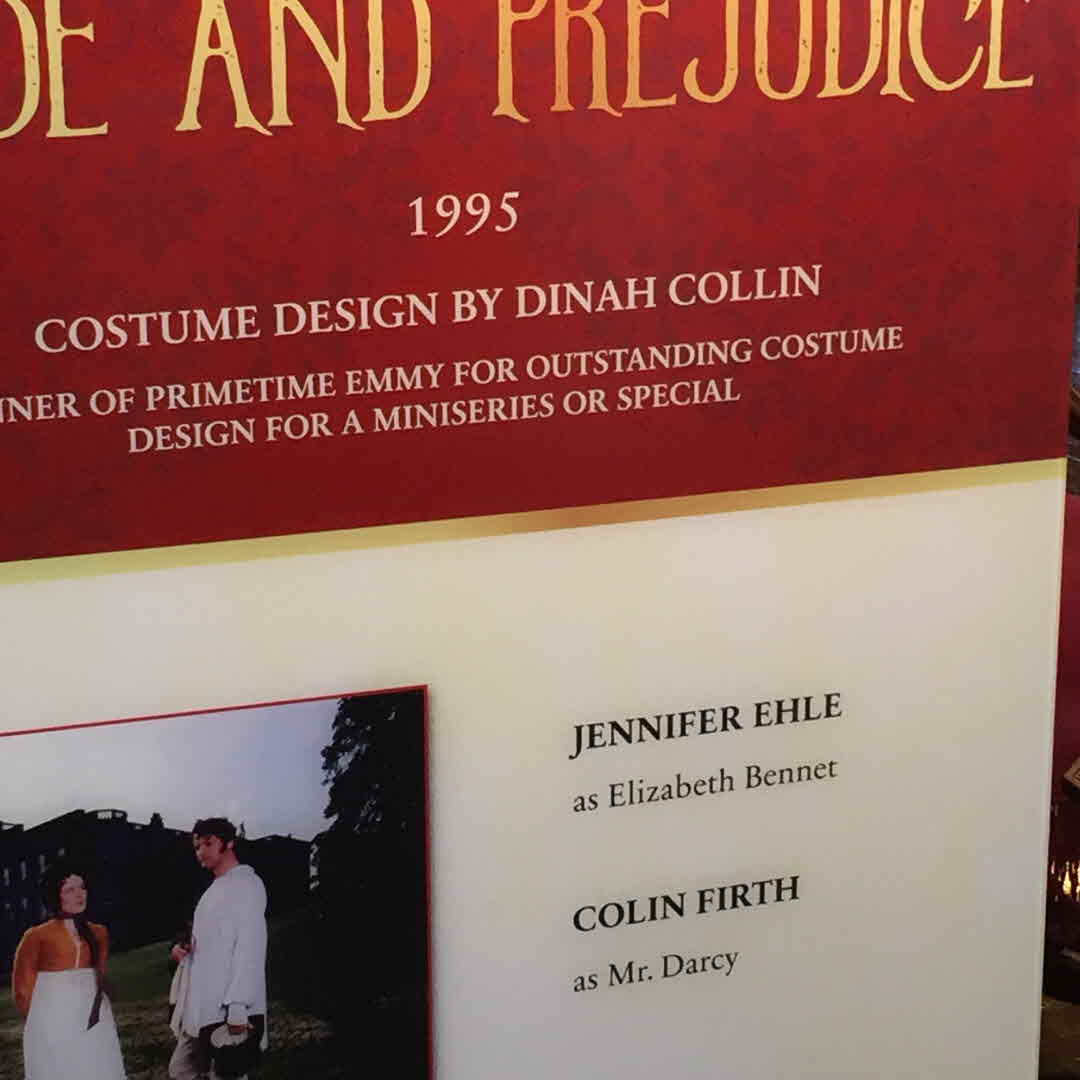Lady on the Hill: How Biltmore Estate Became an American Icon | Howard E. Covington
Lady on the Hill tells the inspiring story of the thirty-five-year effort to restore this fading beauty to her former glory--all without a penny of government funding or outside foundation grants. Central to this true-life tale of rebirth against the odds is George Vanderbilt's grandson William A. V. Cecil, a well-mannered, highly educated man who, when caught up in an idea, becomes a whirling dervish, generating enough energy and enthusiasm to motivate everyone around him. And, according to author Howard Covington Jr., Cecil gets a week's worth of ideas before he's done with his Monday morning shave. In the late 1950s, attorneys, financial managers, and tax accountants were united in advising Cecil and his brother, George, to sell off the estate's 12,000 acres in order to create a suburban subdivision. Cecil quietly ignored this advice and came up with a better idea: over the next four decades, he would turn this down-at-the-heels mansion that was a drain on the family business into the most successful, privately preserved historic site in the United States, perhaps even the world. Cecil succeeded beyond even his wildest dreams. Not only did he raise the money needed to begin and continue a painstaking, decades-long restoration of the house itself, but he also achieved a goal that even his grandfather had found elusive. He made Biltmore Estate a self-sustaining, working enterprise that included a vibrant tourist destination, a working winery and vineyard, and a farming operation; employed hundreds of people; and attracted hundreds of millions of dollars to the local economy every year. Lady on the Hill tells a lively tale of eccentric, upper-crust characters, seemingly insurmountable obstacles, and one man's determination, innovation, loyalty, and stubborn persistence to succeed against the odds. It also provides a brilliant, if unorthodox, model for anyone involved with the preservation and restoration of a historic home.


